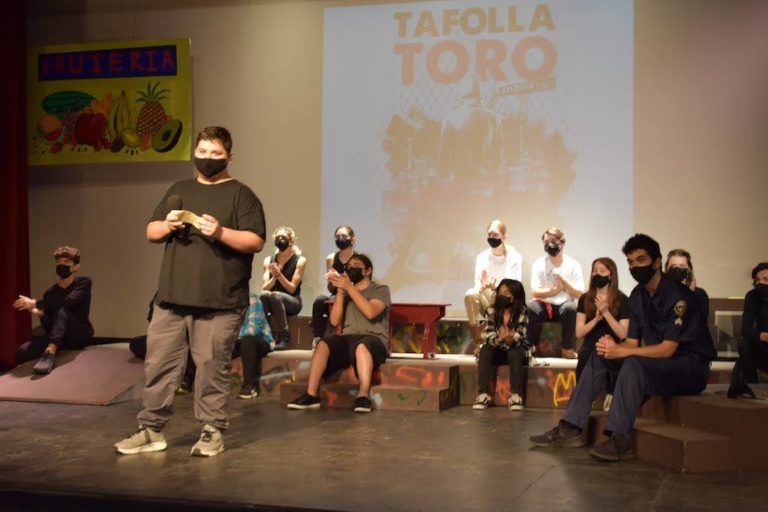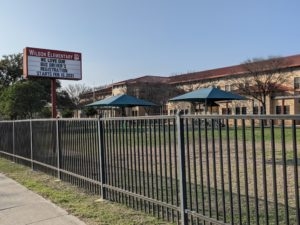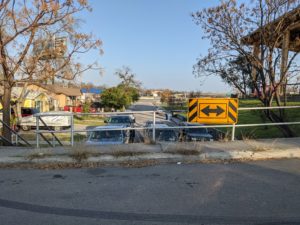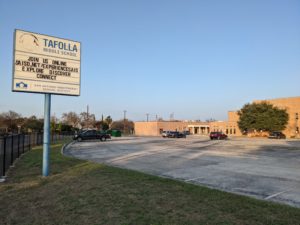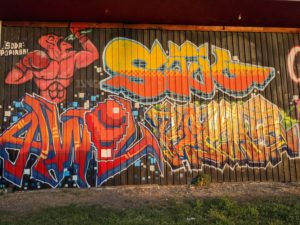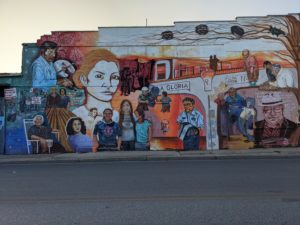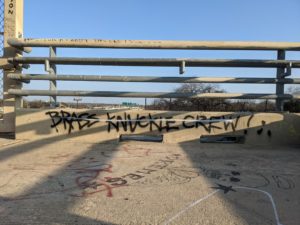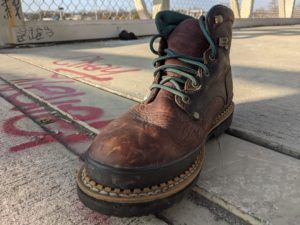- Describe a place during your middle school experience that stands out to you. Try to remember as many details as possible. Think of the colors, the smells, the light. Capture the unique native aspects of where you are. Whose voices do you hear? Why do those moments stand out?
- Draw the place you described. Highlight an important detail by making it disproportionately larger or more colorful. For example, it may be a certain bench, tree, or chair that towers over the rest of the scene, revealing a powerful symbol in your life.
- With a partner, read your descriptions of an important place. Study and talk about your important disproportionate detail. Together, create a scene/dialogue in that place with at least two characters talking to one another about a moment that stands out. Take turns exploring the settings you have created. For this exercise, write a dialogue for both of your settings, they may fit together, or they may be two very different scenes.
- Create a storyboard that reveals a conflict that you have experienced. Your storyboard may look like a comic book, a graphic novel, or include a strand of * one-line drawings. See examples and resources linked here ⇧. Note: Teachers read through these resources for the best examples to serve your class. The links are meant to guide teachers.
- Make a list of 15 different important experiences from grades 6 to the present moment. Next, create a playlist that accompanies your experiences. Share one of those moments and part of a song (30 seconds) from your list with the class. After everyone has shared their playlist and an example, talk about the choices and common themes that surface.
- Optional Dramatic Extension: Explore multiple facets of a character’s choice within a specific dilemma in the story. The strategy is used to embody and analyze the range of ideas, motivations, and factors that a character may be thinking about when he or she makes a decision as they interact with people around them. Through the lens of Tafolla Toro, students will cultivate empathy and deepen their understanding of the author’s point of view through a theatrical experience.
- As a group, identify the main conflict of Tafolla Toro. This may vary depending on the class, but the conflict should have something to do with Lencho’s experiences and the discovery of his identity, his fears, and his adjustments. Next, invite the class to form two standing lines, facing each other. Create a space or alley between the rows where a person can easily walk through..
- Next, a student volunteer takes on the role of the character in the imagined scene — Lencho/Lorenzo. (The character can be changed and repeated with different students if needed or desired.)
- Explain that the students playing Lorenzo will walk slowly down the row. The row can be any scene from the novel: the bridge, Lorenzo’s home street, a hall or locker room in middle school. As Lorenzo passes, each standing student will represent different arguments Lorenzo might have heard on his journey. The students can represent any of the characters. They will share their advice, warnings, and arguments in one statement directed toward Lorenzo as he walks down the alley. The students may also share lines that could be inside Lorenzo’s head (fears, beliefs, concerns felt by the character). Record the lines that are shared during the improvisation to talk about later.
- Although the lines shared by students can be spontaneous, it is important that students generate statements that are authentic to the situation and the novel. These statements may come directly from the novel. Statements may be generated and written on a sentence strip before the walking. After walking the alley, ask the student to debrief and share how they are feeling about the walk.
 Example of a possible template for student conflict dialogue:
Example of a possible template for student conflict dialogue:
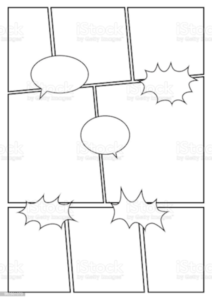
Main *Characters:
Young Lorenzo or Lencho….
Danny……………..
Adult Lorenzo………………….
Mark……………….
Psychologist…………………….
Joe………………….
Mama Gomez…….…………….
Teacher…………..
Mari……………………………….
Raymond………..
Officer……………………………
Coach…………….
Denise…………………………..
Grandma………
*Cast and designers will be filled in once the play is cast; please check back to the online version!
Associated focus TEKS for Theatre I and English I and II included in the curriculum:
English I and II
(3) Developing and sustaining foundational language skills: listening, speaking, reading, writing, and thinking–self-sustained reading. The student reads grade-appropriate texts independently. The student is expected to self-select text and read independently for a sustained period of time.
(4) Comprehension skills: listening, speaking, reading, writing, and thinking using multiple texts. The student uses metacognitive skills to both develop and deepen comprehension of increasingly complex texts. The student is expected to:
(B) generate questions about text before, during, and after reading to deepen understanding and gain information;
(D) create mental images to deepen understanding;
(E) make connections to personal experiences, ideas in other texts, and society
(H) synthesize information from two texts to create new understanding
(5) Response skills: listening, speaking, reading, writing, and thinking using multiple texts. The student responds to an increasingly challenging variety of sources that are read, heard, or viewed. The student is expected to:
(A) describe personal connections to a variety of sources, including self-selected texts;
(B) write responses that demonstrate understanding of texts, including comparing texts within and across genres;
(E) interact with sources in meaningful ways such as note taking, annotating, freewriting, or illustrating
Theatre I
(4) Historical and cultural relevance. The student relates theatre to history, society, and culture. The student is expected to:
(A) portray theatre as a reflection of life in particular times, places, and cultures;
(B) relate historical and cultural influences on theatre;
(C) identify the impact of live theatre, film, television, and electronic media on contemporary society
(2) Creative expression: performance. The student interprets characters using the voice and body expressively and creates dramatizations. The student is expected to:
(D) use physical, intellectual, emotional, and social awareness to portray believable characters and convey a story when applying acting concepts, skills, and techniques;
(F) create, write, and refine original monologues, improvisations, scenes, or vignettes that reflect dramatic structure to convey meaning to the audience through live performance or media forms







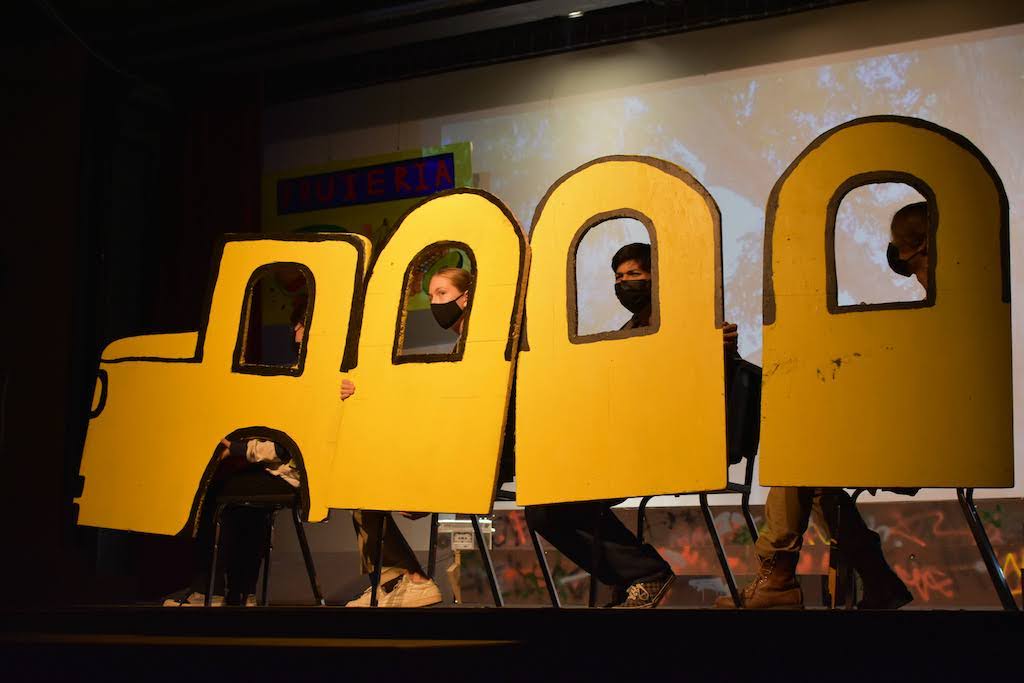
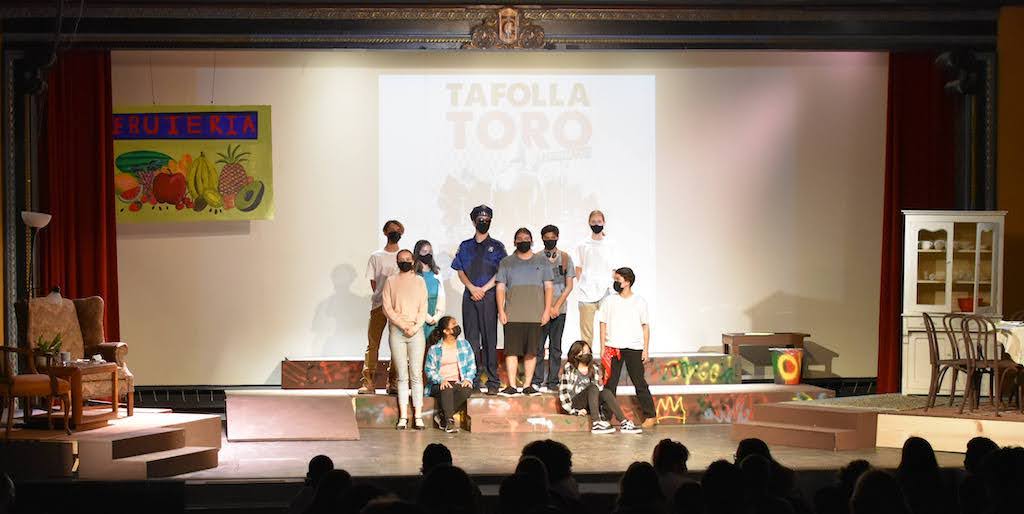
 Example of a possible template for student conflict dialogue:
Example of a possible template for student conflict dialogue:

